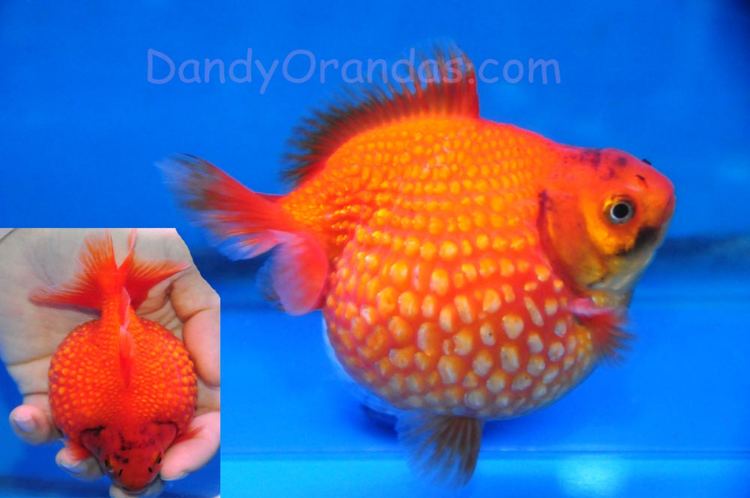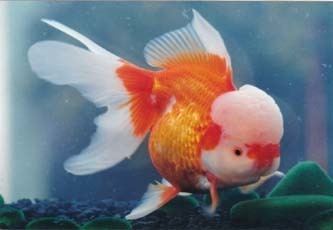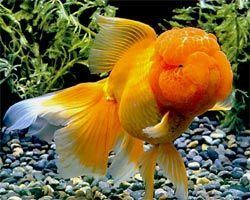Scientific name Carassius auratus auratus Rank Breed | Higher classification Goldfish | |
 | ||
Similar Ryukin, Ranchu, Lionhead, Fantail, Black Telescope | ||
The most beautiful red cap oranda goldfish in the world
An oranda is a breed of goldfish characterized by a prominent bubble-like "hood" on the head. The headgrowth or hood (also known as wen or crown) may be a prominent growth on the top of the head (cranial region) or may encase the whole head except for the eyes and mouth.
Contents
- The most beautiful red cap oranda goldfish in the world
- Oranda goldfish wen surgery trimming removing
- Description
- Variants
- Special care
- References

When it was first imported from China to Japan it was mistakenly thought to be native to the Netherlands, and was therefore dubbed the "Holland Ironmask" (オランダ獅子頭), from which its English name "oranda" derives.

Oranda goldfish wen surgery trimming removing
Description

Due to the fleshy outgrowth on the upper half of its head and sides of its face, the oranda has become one of the most popular goldfish. The headgrowth is described as a 'wen' by Chinese aquarists. The mass is benign and comes from selective breeding.
The oranda is a metallic or matte scaled goldfish that is similar in appearance to the veiltail. It has a large, long and deep body accompanied by a long quadruple tail. This four-lobed and contracted tail normally spreads out broadly when the oranda stops swimming. The back does not rise up to form a ryukin-like hump.

Orandas are available in a variety of colors, most often orange, red, red-and-white, red-and-black, black, blue, chocolate, bronze, white or silver, black-and-white (panda-colored), red-black-and-white (tricolor), and calico colors.

The headgrowth of young fry may take one to two years to develop. The oranda can reach 20 to 31 centimeters (8 to 12 inches) in length. Sometimes the wen grows enormously covering the eyes of the goldfish. Due to this, the eyesight may become limited or even blind. Special care should be given to the wen because it is prone to bacterial infections. The Oranda can tolerate temperatures from 17-28°C (65-80+°F).More recently blue scale oranda have been developed but these fish are very rare. Oranda goldfish are especially sensitive to cold temperatures, more so than other goldfish.
Variants
Special care
Orandas are sensitive to low water temperatures and can be kept with other goldfish. If their wen grows too much, it may hinder vision, so it is advised to keep them with other goldfish with similarly poor vision in order to make sure that they do not starve because of the able-sighted competition. Their wen is also susceptible to injury from rough objects placed in their residence.
